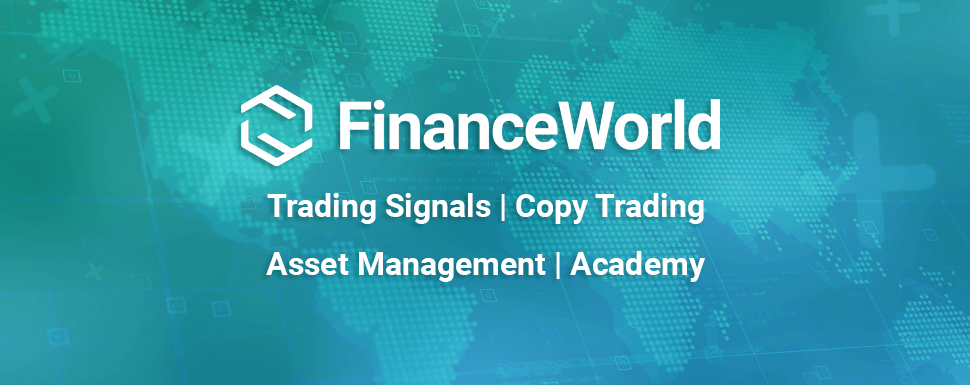Table of Contents
ToggleUnlocking the Mysteries: 5 Key Facts About Closed-End Funds!
Introduction to Closed-End Funds
Have you ever wondered how to invest in a diversified portfolio while maximizing your potential returns? Enter the intriguing world of closed-end funds! These investment vehicles are filled with opportunities, yet they often remain wrapped in mystery for many investors. In today’s financial landscape, understanding closed-end funds is essential for anyone looking to broaden their investment horizons.
This comprehensive guide will explore five key facts about closed-end funds that will not only demystify them but also empower you to make informed decisions. So buckle up and get ready to unlock the secrets of closed-end funds!
What Are Closed-End Funds?
Definition and Structure
Closed-end funds are a type of investment fund that sells a limited number of shares to investors via an initial public offering (IPO). After this IPO, shares are traded on a stock exchange, much like stocks. Unlike open-end funds, closed-end funds do not continuously issue new shares or redeem existing shares. Thus, the number of shares is fixed.
Key Characteristics of Closed-End Funds:
- Fixed Capital: Once the IPO is complete, no new shares are issued. This structure provides a predictable pool of capital for investment.
- Market Pricing: Shares of closed-end funds trade on exchanges, and their market prices can differ significantly from their net asset values (NAV). This means that you could buy a fund at a premium or discount relative to the underlying assets.
- Leverage: Many closed-end funds utilize leverage, borrowing money to invest more than their capital. This can amplify returns, but also increases risk.
5 Key Facts About Closed-End Funds
Fact 1: Pricing Dynamics of Closed-End Funds
How Prices Are Determined
The price of a closed-end fund can fluctuate based on market demand and supply rather than just the performance of the underlying assets. Here are several elements shaping its price:
- Market Sentiment: Investor perceptions play a big role. A positive outlook on the fund’s management or strategy can push prices above NAV.
- Performance History: Funds that have consistently performed well often attract higher demand, causing a premium.
- Distribution Policies: Funds that promise high dividends might trade at a premium, while those cutting dividends may see their prices decline.
Tip: Regularly monitor the premium or discount of a fund relative to its NAV to make smart investment decisions.
Fact 2: Income Generation Potential
Attracting Income Investors
One of the alluring factors of closed-end funds is their potential for income generation. Many of these funds focus on fixed-income securities, such as bonds or dividend-paying stocks. Here’s what to consider:
- Distributions: Closed-end funds often have a monthly, quarterly, or yearly distribution policy. Some funds aim to provide high yield, appealing especially to retirees looking for regular income.
- Tax Implications: Understanding the type of income generated (e.g., qualified dividends or return of capital) is crucial for tax planning.
Fact 3: Transparency and Regulation of Closed-End Funds
A Look at Oversight
Regulatory bodies, including the Securities and Exchange Commission (SEC), maintain strict oversight of closed-end funds. Here’s what this means for you:
- Regular Reporting: Funds must provide regular financial statements, keeping investors informed about their performance and holdings.
- Disclosure Requirements: Detailed information about risks, strategies, and costs must be disclosed, ensuring that investors have the knowledge to make informed choices.
Fact 4: Diversification Advantages
A Broader Investment Scope
Investing in a closed-end fund allows for diversification across various asset classes. Here’s how this works:
- Managed Portfolio: Most closed-end funds are actively managed, meaning that portfolio managers select investments based on research and market conditions.
- Variety of Strategies: From equity to fixed-income to alternative investments, these funds can provide exposure to multiple asset classes in one investment.
Fact 5: The Role of Leverage in Closed-End Funds
Understanding the Risks and Rewards
Leverage can be a double-edged sword in the world of closed-end funds. Here’s what you need to know:
- Amplified Returns: Leverage can lead to higher returns in a rising market, making these funds attractive to those willing to accept increased risk.
- Risk of Loss: Conversely, in a declining market, leveraged positions can amplify losses, so prudent risk management is essential.
Conclusion: Making Informed Decisions About Closed-End Funds
Now that you have unlocked the mysteries of closed-end funds, it’s time to put this knowledge into action! Understanding the pricing dynamics, income potential, regulatory transparency, diversification benefits, and leverage implications will empower you to navigate this investment landscape confidently.
Call to Action: Explore Further and Make Smart Investments
As you embark on your journey into the world of closed-end funds, remember to dive deeper into this topic by exploring resources available on platforms like FinanceWorld.io that offer trading signals, copy trading, and various financial tools.
Engage with us! What experiences do you have with closed-end funds? Have they played a role in your investment strategies? Share your stories and thoughts in the comments below, and let’s continue the conversation!
Additional Resources
For more information on investing strategies and financial education, be sure to check out the following:
- Trading Courses for beginners and seasoned investors
- Explore the benefits of Hedge Funds as part of your strategy.
With your newfound understanding of closed-end funds, you are now equipped to explore the best opportunities in the investment world! Go ahead and make the most informed decisions!
By integrating the above information, you’ll unlock endless potential and discover innovative ways to boost your investment portfolio while navigating the engaging world of finance!


